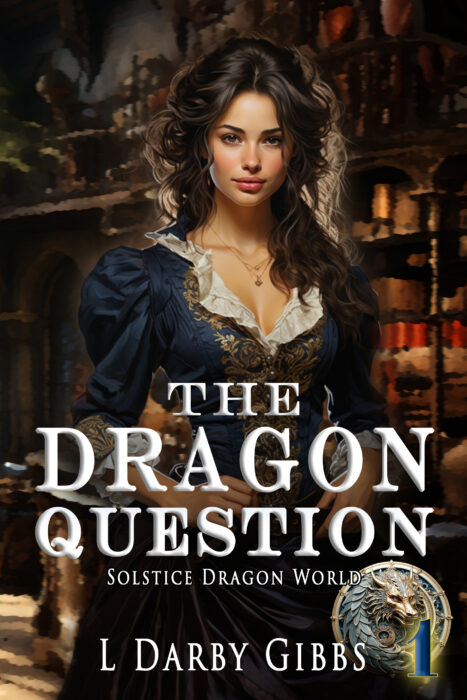Questions and answers. I’ve already written about the decision to stop working on my contemporary novel to work on what I thought was just a fantasy short story. I think a followup is due as just this week I finished the 99K draft of the fantasy novel. It took less than two months to write,…
Tag: process
Standing Stone I’ve been working on a novel, Joanie and Friends, that is based on three retired women who have their lives pretty much set the way they wanted them. They’ve worked hard and married good men. Life is running along well. And then it doesn’t. All three women share in the telling of how…
Multitask the process of writing Let’s face it, if you are working at a job that you enjoy and that also pays the bills and writing for publication in your free time, than multitasking is probably a necessary evil. I don’t advocate the idea of using up every moment for productive result at all times:…
